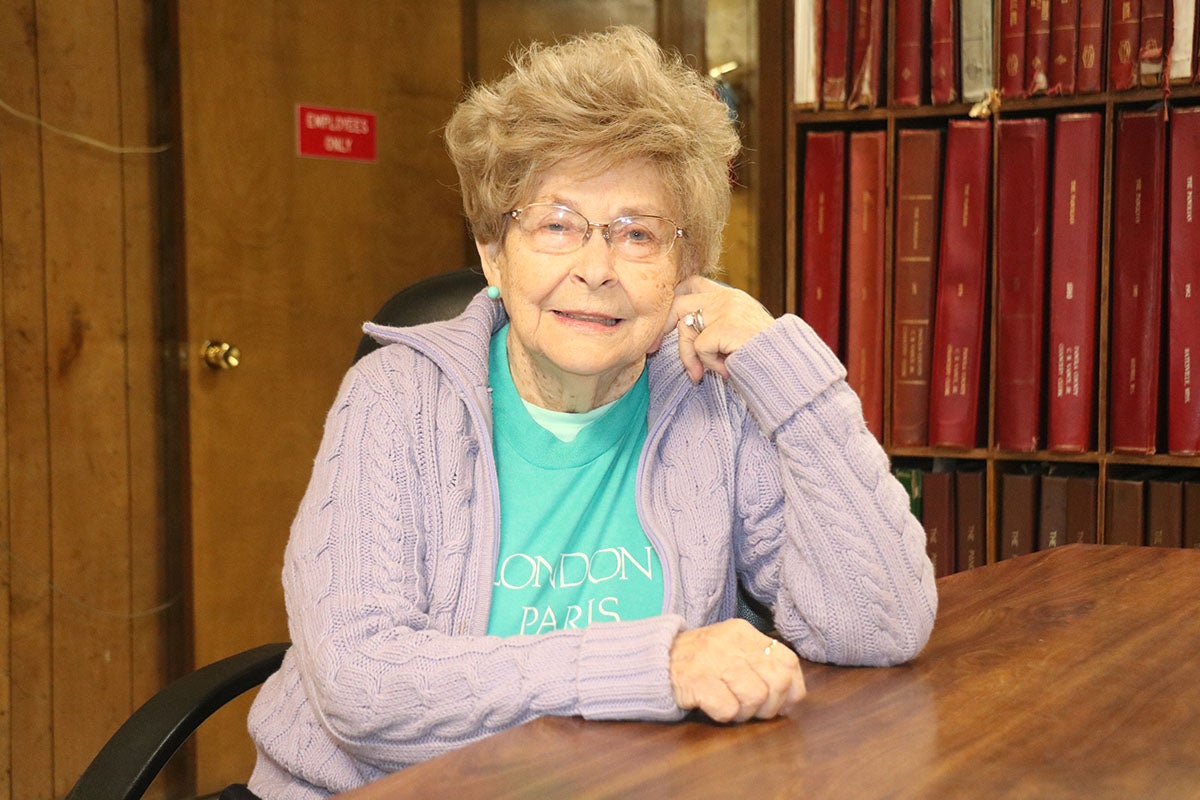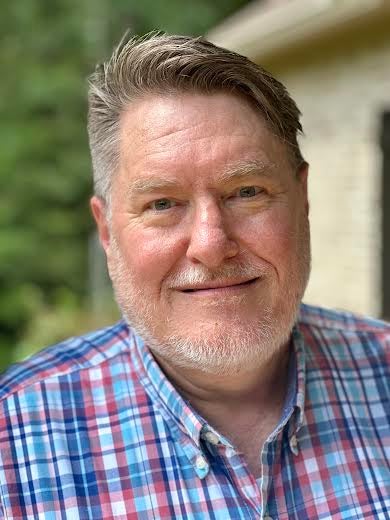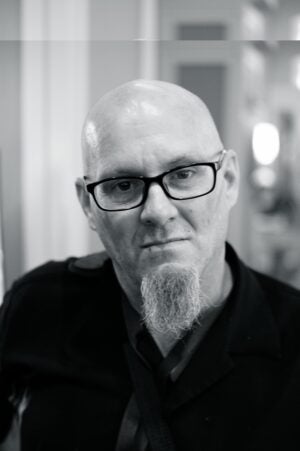Big adventure day gets boost from kindly WWII vet
Published 12:35 pm Tuesday, April 25, 2017
Big adventure day gets boost from kindly WWII vet
Eli’s visit last week to New Orleans included a side trip to the National World War II Museum. It became Eli and Granddaddy’s Big Adventure Day and started with us stepping aboard the Magazine No. 11 bus at the Magazine/Upperline intersection. We stepped off next to the museum.
I had no intention of trying to drag him through the whole place, just a short walk through the large lobby to see the exhibits that surround the line of ticket buyers.
We were not disappointed. That’s where the Higgins boat is on display. The Higgins boat that became the Allies’ ubiquitous landing craft in World War II is the whole reason that the museum is in New Orleans. It was President Dwight Eisenhower’s comment to University of New Orleans historian, the late Stephen Ambrose, during a 1964 interview that planted the seed that grew into the huge museum that now covers three city blocks.
“Andrew Higgins … is the man who won the war for us,” Eisenhower told Ambrose, praising the small craft Higgins designed that could speedily off-load its cargo of soldiers and equipment onto enemy beaches.
So we looked over the Higgins boat with its ramp opened as though on the beach, walked all around it and on the far side discovered a display of the marine transmission that had powered the Higgins boats. The verbiage stated that it was made by Twin Discs, Inc. in Racine, Wisconsin.
I read that to Eli, whose home is in South Milwaukee, and asked him if he knew where Racine is.
“Sure,” he said.
Turns out that Twin Discs is very much in production today, not only marine transmissions but for land vehicles as well. The Higgins boat was a marriage of Andrew Higgins’ knowledge of building boats suited to the shallow coastal waters around south Louisiana, and Twin Discs’ development of sturdy marine transmissions to power smaller boats that plied the Great Lakes during the 1930s.
Nearby, we saw a couple of younger men accompanying an older man decked out in a “World War II Veteran” cap. We barged into their group and I asked him if he would mind being photographed with my grandson. He graciously obliged.
As you might imagine, all veterans get special treatment there, but especially World War II veterans. His introduced himself as Ira Bray. Younger family members hovered around him like helicopter parents. Proud helicopter parents.
“He built Bailey bridges,” one said.
Bailey bridges consist of elements small enough to be carried on trucks and then assembled by hand without heavy machinery, I later learned from an Internet article. They are strong enough to carry tanks.
Bray had built those bridges and also drove a command jeep carrying a general, the family member said, at times attracting the unwanted attention of enemy snipers.
It was a short conversation, but from his business card I learned that Bray is retired forester from Newnan, GA who is also a ham radio operator — just another of his age who grew up during the Depression and World War and then returned to build a normal life of work and family, never until decades later realizing the amazing, cooperative national effort of his generation.
I hope that Eli will one day understand why I wanted their photo together.





